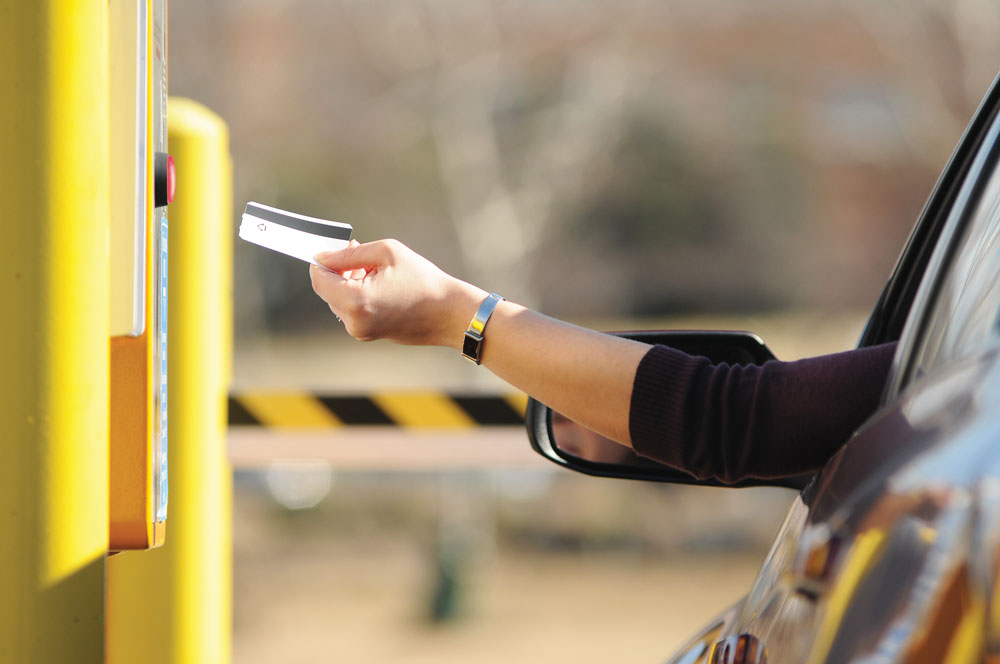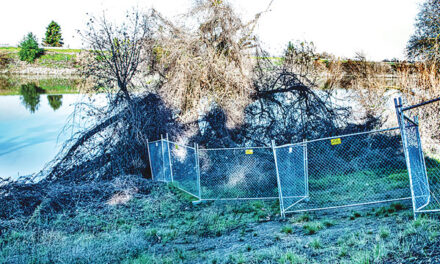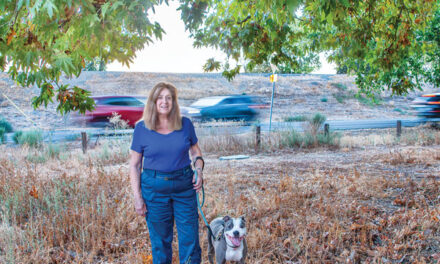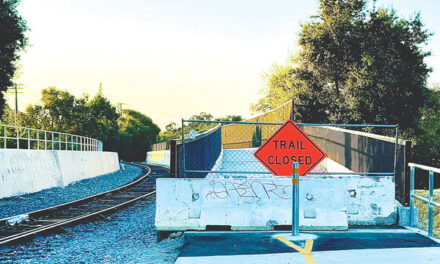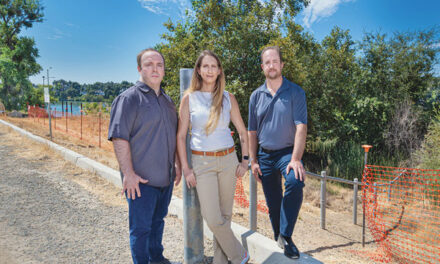One major reason Americans drive as much as they do is that they often do not pay for parking. Since parking is never free to provide, this distortion of usual market principles creates a powerful incentive to drive, even for short trips.
Todd Litman of the Victoria Transport Policy Institute calculates that for every dollar a motorist spends on his or her car, somebody spends 50 cents in parking costs. That’s a problem because those costs are usually hidden—and because that “somebody” paying may not be the motorist.
Let’s consider three places where “free” parking is commonly provided: apartments, workplaces and malls.
Most local governments have minimum parking requirements for new developments. The city of Sacramento requires 1.5 parking spaces for each new residential unit in apartments in suburban districts. Generally, renters do not pay separately for parking. Their parking costs are “bundled” with their monthly rent.
Research center Mobility Lab found in Arlington County, Va., that 22 percent of mandated residential parking went unused. Further, it concludes, “Where parking is bundled … auto-ownership is higher and driving alone is 12.5 percent higher for commute trips and 40 percent higher for non-commute trips.”
Parking guru and UCLA professor Donald Shoup says, “Minimum parking requirements act like a fertility drug for cars.”
Other researchers have found that bundled parking costs for renters total $1,700 annually and add about 17 percent to monthly rents. In an academic study, professors C.J. Gabbe and Greg Pierce note, “Minimum parking requirements force developers to build costly parking spaces that drive up the price of housing.”
If parking is unbundled and charged separately from rents, then consumers—not government planners—decide whether to pay for it.
In the U.S., 90 percent of employees who drive to work receive free parking from their employers. Litman estimates this is an income tax-exempt benefit of $1,800 per year. Not only is that hidden subsidy an invitation to drive, it’s a benefit that those who walk, bike or take transit to work don’t get.
Parking “cash-out” programs treat everyone more equally by offering employees a cash travel allowance equal to the market value of the parking subsidy. Studies have demonstrated that cash-out programs cut drive-alone commutes by 20 percent. When employees have to pay for parking or are offered cash outs, their commute behavior changes dramatically.
Shopping malls, strip malls and big-box stores have gone hand in hand with suburban sprawl. Most shopping used to be a downtown activity, where department and specialty stores congregated.
Sacramento had Macy’s, Weinstock’s and Joseph Magnin as Downtown department stores. Before the spread of post-World War II suburbia, downtowns had good transit services. Free parking was not provided or expected by retail customers.
Now suburban shopping areas, Costcos and WalMarts are fronted by acres of “free” parking. The cost of that parking is hidden in the price of goods, not paid directly by motorists. Those few customers who don’t drive to shop have to pay for parking even though they don’t use it. It’s another example of an inequity created when parking subsidies are hidden in other costs.
Providing parking not only requires money, it requires space—lots of it. An average parking space is 144 to 200 square feet. Off-street parking adds another 100 square feet or so per space for driveway access, boosting the total to 250 to 300 square feet.
That’s about twice as big as most office workspaces (125 to 175 square feet per person) and larger than some studio apartments. Vehicle parking takes up so much space it further disincentivizes walking and biking, since destinations are farther apart than they need to be. Making room for cars represents a huge opportunity cost—a lost chance to use land more productively.
Most Americans consider free parking a right. But the parking subsidy people take for granted encourages driving—that means more traffic congestion, more greenhouse gases and air pollution, and poorer public health.
Changing our approach to parking costs, making those costs transparent and direct, would have a profound and positive effect on how we get around, plus on our health and the health of our planet.
Walt Seifert is executive director of Sacramento Trailnet, an organization devoted to promoting greenways with paved trails. He can be reached at bikeguy@surewest.net. Follow us on Facebook, Twitter and Instagram: @insidesacramento.com.



